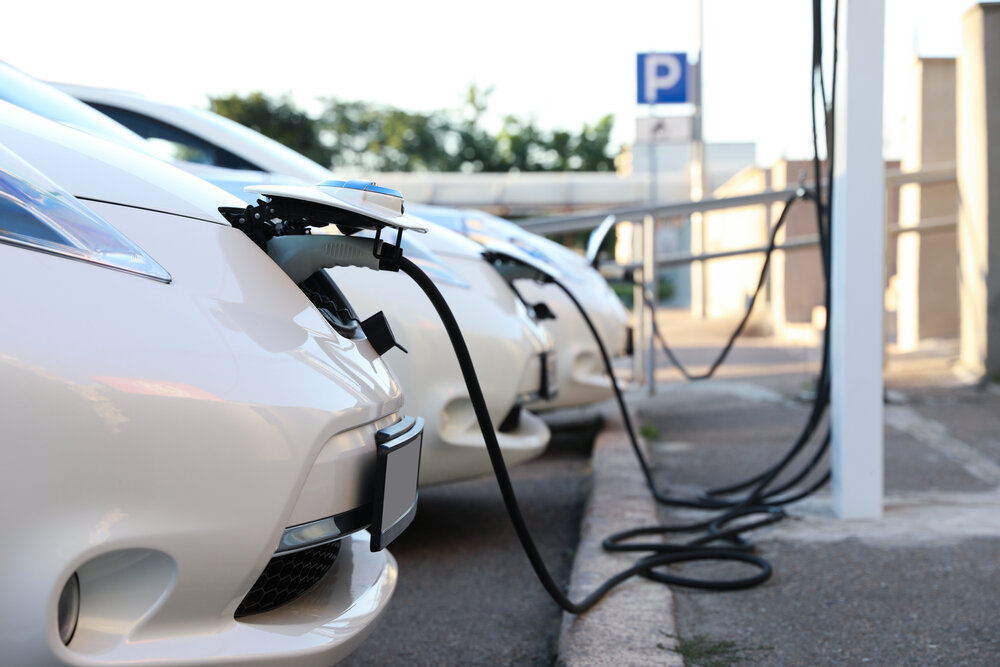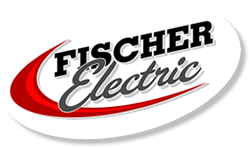
EV Tax Credits & More: Your Guide to the Inflation Reduction Act
Since 1970, CO2 emissions have increased by about 90% – it’s time to start taking steps to decrease our pollution and care better for our planet. The government has stepped up to encourage homeowners and businesses to lower their carbon footprint by introducing The Inflation Reduction Act.
With it comes a myriad of energy efficiency tax credits! If you’re wanting to learn how to take advantage of these credits and rebates, you’re in the right place.
What Is the Inflation Reduction Act?
The Inflation Reduction Act is a cut-back version of the Build Back Better plan President Biden had previously proposed. This act targets prescription drug costs, raises taxes on the largest corporations, and also extends the Affordable Care Act through 2025.
Perhaps more importantly, there are a number of investments toward climate change, energy production, and lowering carbon emissions. The act includes tax credits for households that want to take steps to improve their carbon footprint.
Inflation Reduction Act 2022 Tax Credits
These tax credits are going to come from the climate change and energy security initiatives in The Inflation Reduction Act. President Biden and his administration incentivizing households and businesses to help slow global warming.
Home Improvement Credit
The Nonbusiness Energy Property Credit expired at the end of 2021, but The Inflation Reduction Act renewed and improved it. With its improvements came a new name: The Energy Efficient Home Improvement Credit.
Previously, The Nonbusiness Energy Property Credit allowed 10% of insulation, windows, doors, and other improvements to your home that were updated to energy-saving products. It also included the ability to claim the entire cost of energy-efficient home products like…
- Water heaters
- Ac systems
- Heat pumps
- Furnaces
- Hot water boiler
- Air circulating fans
There were certain stipulations, however, such as a $200 limit for windows and an overall lifetime limit of $500. The new credit still has some of the old rules but improves the percentage amount given.
Instead of 10%, the credit is now 30%. The home improvement credit also includes…
- Electrical panels and related equipment
- Home energy audits
- Biomass stoves
- Boilers
Unfortunately, it no longer applies to roofing or air-circulating fans. But, the lifetime limit is gone, an in its place is a $1200 annual limit.
EV Tax Credits
If you’ve been interested in purchasing an electric vehicle, it just got a little more affordable. The Alternative Fuel Refueling Property Credit expired at the end of 2021 but was brought back to life by The Inflation Reduction Act.
In fact, it’s now extended through 2032! But what does it do for you?
It lowers the cost of electric vehicles starting in 2023! You can expect $4,000 off of a used EV and $7,500 for a brand-new one.
The only specification is that the vehicle must have its final assembly in North America. Be aware of what brand you’re looking into and make sure it qualifies.
Homeowners that purchase an EV and install a charging station on their property get a 30% credit toward the cost of the charging station. This could save you hundreds or thousands $1,000 on your “qualified alternative fuel vehicle refueling property.'”
That credit eventually includes “bidirectional” charging equipment as well. That equipment allows you to charge your battery and discharge it, sending it back to the grid.
Residential Clean Energy Credit
If you’ve heard of The Residential Energy Efficient Property Credit, which was set to expire in 2024, then you may already have an idea of the new Residential Clean Energy Credit.
It’s been extended to 2034, and the credit amount has increased! From 2022 to 2032, homeowners looking to install a clean energy system will receive a 30% tax credit.
It then decreases slightly in 2033 and 2034, coming in at 26% and 22% respectively, before it expires.
Good news: it covers all of 2022 if you’ve already installed one this year!
Final Incentives: Rebates
The High-Efficiency Electric Home Rebate Program covered in The Inflation Reduction Act offers rebates for homeowners that decide to switch to energy-efficient electric appliances. Of course, there are a few stipulations, such as…
- $14,000 cap in total rebates
- Total income cannot exceed 150% of the median income
- If total income is between 80% and 150%, rebate can’t exceed 50% of the cost of a qualified electrification project
If you do qualify though, you can receive rebates on everything from stoves and heat pumps to electric wiring and insulation. This is up and running until 2031.
Take Advantage of Those Credits
With all of these Inflation Reduction Act 2022 tax credits and reimbursements, there hasn’t been a better time to update your home and lower your carbon footprint! The government is fully behind the idea and is even paying to see it happen.
If you’re ready to make some energy-efficient changes to your home, we’re here to help. Check out our remodeling services and learn how we can be your general contractor!
